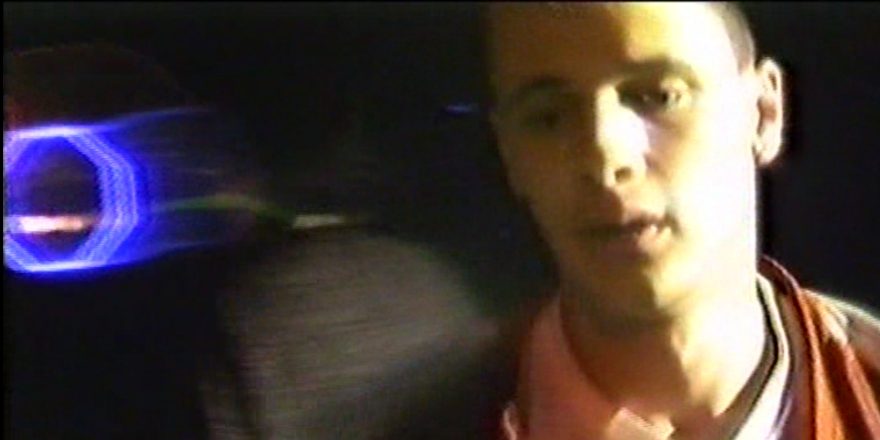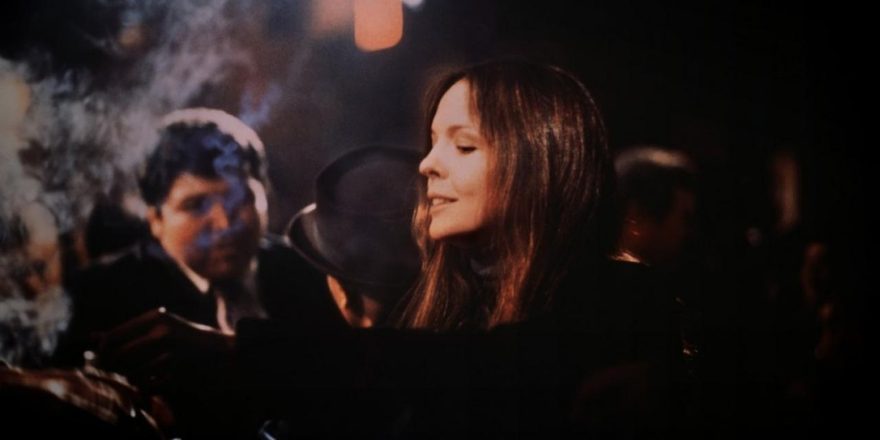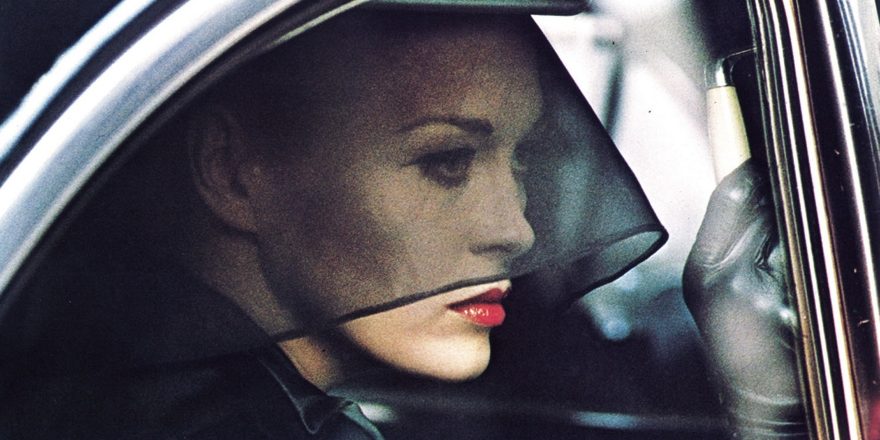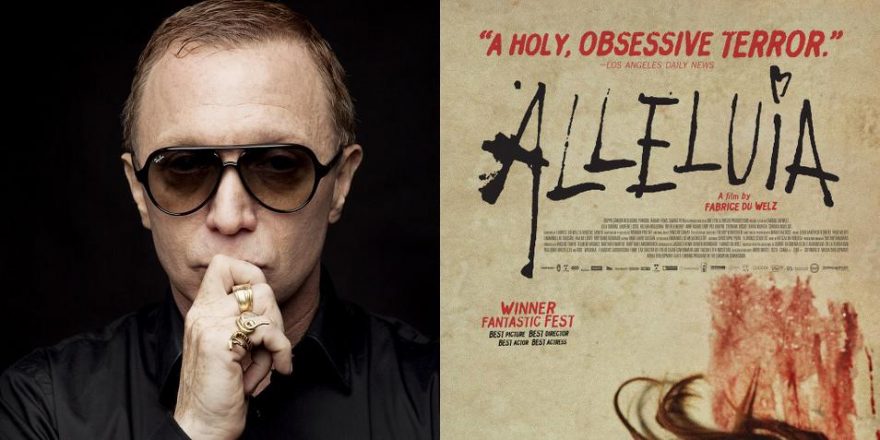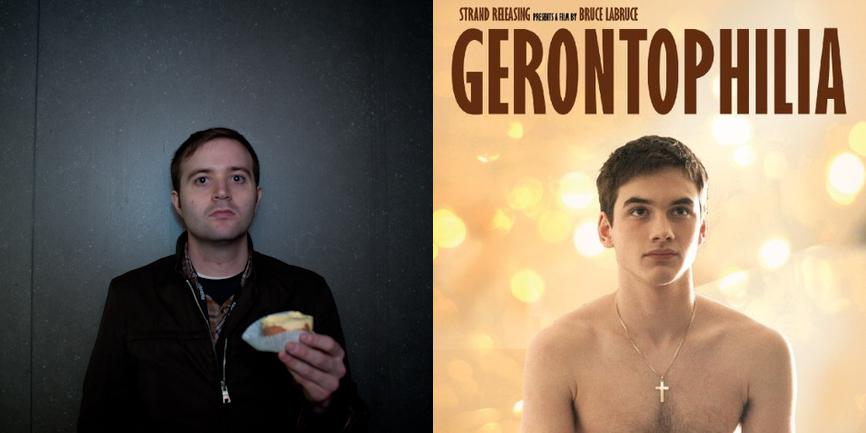The current run of Derek Jarman’s previously unreleased 1984 documentary film, Will You Dance With Me? not only presents an opportunity to revisit the work of the pioneering gay director, but also to spend a fun night with him in an East End London gay bar dancing to some of the best pop hits of that halcyon year (Evelyn Thomas’ “High Energy”! The Pointer Sisters’ “Jump (For My Love)”!). Shot on early digital video, the footage was part of some research Jarman was doing for filmmaker Ron Peck, who was making a gangster movie called Empire State set in the club scene at the time. What remains is a time capsule of an era shot by an exuberant filmmaker whose dance with the camera blends seamlessly with the casually stylish boys and girls of London’s Mile End.
Jarman’s films, like the work of many of the most interesting directors, were always hit or miss, perhaps because of his willingness to take risks. Famously starting out as the set designer for The Devils and The Savage Messiah, two early films directed by Ken Russell (a hit-or-miss director if there ever was one), Jarman quickly started to churn out numerous fiction and documentary shorts from 1971 on, until he made his first feature, Sebastiane, in 1976. A gay sadomasochistic camp classic about a conflicted Christian Roman guard who loves to be tortured by his commander, the Ken Russell influence is palpable, but Jarman was already clearly establishing his own style and thematic obsessions. Continuing prolifically to make shorts and music videos (most famously for the Pet Shop Boys), his feature work started to become more noteworthy and impressive. His early film Jubilee (1978), a mind-bending pastiche that mystically time-travels Queen Elizabeth I to ’70s England on the occasion of the current Queen’s Silver Jubilee, became a cinematic touchstone for the emerging punk and New Wave scenes, featuring performances by Adam and the Ants and Jayne County, and cameos by Siouxie Sioux, the Slits, and various Rocky Horror alumni. Jarman’s trademark use of anachronism, camp excess, music-video style, random violence and sexual transgression (homosexuality, incest, S&M) made Jubilee an instant camp classic, and identified Jarman as an avatar of the anarchistic, queer and avant-garde sensibility emerging from the era.
Jarman’s subsequent features vacillated between the wildly experimental, formalistic and non-narrative (the lyrical The Angelic Conversation and The Last of England, both shot on Super 8 film, and The Garden, starring Tilda Swinton, his poignant and highly subjective response to his deteriorating health resulting from AIDS), and several more narrative films based on historical figures (Caravaggio, Edward II), which nonetheless preserved his formalist and anti-narrative impulses. Blue, his final feature, made after AIDS had cruelly robbed him of his sight, consists of a blue screen underlaid with a dense soundtrack of music, voices, and sound effects, a meditation on his experience with the savage disease, and, heartbreakingly, on the color blue. Its dogged experimentalist spirit, along with the metaphorical and spiritual implications of a piece of cinema made by a blind director, makes it a mesmerizing and unprecedented expression of the avant-garde.
Will You Dance With Me? starts off with a very long, handheld shot in a sparsely populated disco, finally focusing on a blond boy with a Flock of Seagulls haircut, writing a note. This wanton use of the unity of time and space continues throughout the film, creating the salutary effect of being right there in the club with the patrons, and with Jarman, who wields the camera, and is thereby never seen, save as a fleeting shadow. At first, the work may just seem like any old unedited YouTube video (obviously it was made pre-Internet), but eventually some method starts to creep into the madness as Jarman’s subjective camera starts to spin like one of the other dancers and becomes fixated on the jagged light trails that the camera produces as it moves. After 15 minutes of dancing with the New Romantic boys (New Romanticism had been on the rise since its inception in 1978) and several black Beat Boys, the camera, as if one of the patrons, retires to the bar and eavesdrops on several conversations. What they say isn’t as important as how they say it, expressing the nascent attitude and snark of the emergent gay club scene.
At one point, Jarman seems to turn on a strong light above the dance floor, like the eye of God, and the shadowy figures become more illuminated. An older, white-haired queen with tight white pants and a pink sleeveless shirt dances with quiet abandon. Several sweater queens, impervious to their own body heat, start to get into the music, and the cute Beat Boys do some adorable popping and robot moves. When “Relax” and “Two Tribes” by Frankie Goes to Hollywood come on, the two monster tracks of the year, you almost want to cry, reminded as you are that the ravages of AIDS will soon decimate the gay community, and sweep Jarman away with it. The frumpy girl with the thick glasses dances with what looks like the only straight boy in the house, everyone hits the dance floor, and for a moment Jarman seems completely absorbed by the proceedings, as if he isn’t really observing at all, but channeling the energy and spirit of the dance. Only his dancing shadow, occasionally seen on walls and other bodies, gives him away.
Finally, inevitably, Jarman’s camera becomes fixated on the most beautiful boy in the bar, a young gay bloke with blond hair and an angelic face, who had earlier spurned the filmmakers entreaties to join him on the dance floor. This boy (Phillip Williamson), appropriately, would end up as one of Jarman’s two angels in his 1984 experimental film The Angelic Conversation. Cruising bars (and today, the Internet) is always the best way for avant-garde queer filmmakers with a lust for sexy and beautiful boys to find subjects for their movies. Clearly for Jarman, the business of filmmaking and the pleasure of living were always one and the same.



